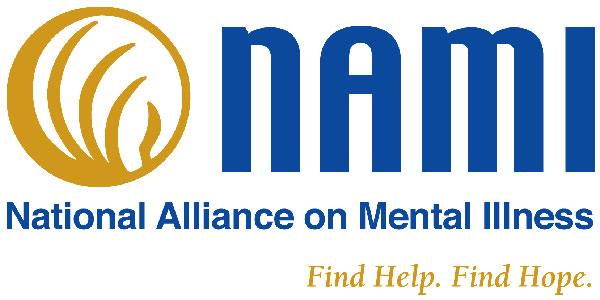
Did you know MedStar Southern Maryland Hospital Center offers a free mental health support group? Organized through NAMI (National Alliance on Mental Illness), a local leader in mental health education and resources, our support group is both for family members and caregivers of those with mental illness.
According to NAMI, "We all experience emotional ups and downs from time to time caused by events in our lives. Mental health conditions go beyond these emotional reactions and become something longer lasting. They are medical conditions that cause changes in how we think and feel and in our mood. They are not the result of personal weakness, lack of character or poor upbringing." While a hot topic in the news recently, it's crucial to remember mental health is just as important as an individual's physician health, and should be treated as such.
To learn more, check out some of NAMI's statistics below and visit their website for how to take a stand against stigmas surrounding mental health.
Prevalence of Mental Illness
- Approximately 1 in 5 adults in the U.S.— 43.8 million, or 18.5 percent —experiences mental illness in a given year.
- Approximately 1 in 25 adults in the U.S.— 10 million, or 4.2 percent —experiences a serious mental illness in a given year that substantially interferes with or limits one or more major life activities.
- Approximately 1 in 5 youth aged 13–18 (21.4 percent) experiences a severe mental disorder at some point during their life. For children aged 8–15, the estimate is 13 percent.
- 1.1 percent of adults in the U.S. live with schizophrenia.
- 2.6 percent of adults in the U.S. live with bipolar disorder.
- 6.9 percent of adults in the U.S.— 16 million—had at least one major depressive episode in the past year.
- 18.1 percent of adults in the U.S. experienced an anxiety disorder such as post-traumatic stress disorder, obsessive-compulsive disorder and specific phobias.
- Among the 20.2 million adults in the U.S. who experienced a substance use disorder, 50.5 percent —10.2 million adults—had a co-occurring mental illness.
Social Stats
- An estimated 26 percent of homeless adults staying in shelters live with serious mental illness and an estimated 46% live with severe mental illness and/or substance use disorders.
- Approximately 20 percent of state prisoners and 21 percent of local jail prisoners have “a recent history” of a mental health condition.
- 70 percent of youth in juvenile justice systems have at least one mental health condition and at least 20% live with a serious mental illness.
- Only 41 percent of adults in the U.S. with a mental health condition received mental health services in the past year.
- Among adults with a serious mental illness, 62.9 percent received mental health services in the past year.
- Just over half (50.6 percent) of children aged 8-15 received mental health services in the previous year.
- African Americans and Hispanic Americans used mental health services at about one-half the rate of Caucasian Americans in the past year and Asian Americans at about one-third the rate.
- Half of all chronic mental illness begins by age 14; three-quarters by age 24. Despite effective treatments, there are long delays—sometimes decades—between the first appearance of symptoms and when people get help.
Consequences of Lack of Treatment
- Serious mental illness costs America $193.2 billion in lost earnings per year.
- Mood disorders, including major depression, dysthymic disorder and bipolar disorder, are the third most common cause of hospitalization in the U.S. for both youth and adults aged 18–44.
- Individuals living with serious mental illness face an increased risk of having chronic medical conditions.17 Adults in the U.S. living with serious mental illness die on average 25 years earlier than others, largely due to treatable medical conditions.
- Over one-third (37 percent) of students with a mental health condition age 14–21 and older who are served by special education drop out—the highest dropout rate of any disability group.
- Suicide is the tenth leading cause of death in the U.S., the third leading cause of death for people aged 10–24 and the second leading cause of death for people aged 15–24.
- More than 90 percent of children who die by suicide have a mental health condition.
- Each day an estimated 18-22 veterans die by suicide.
Reference: Nami.org/mhm
MedStar Southern Maryland Hospital Center
Mental Health Support Group
WHEN: First Tuesday of every month
TIME: 6:30 - 8 p.m.
LOCATION: Hospital Library (ground floor)
PHONE: 301-877-5700
http://vimeo.com/36995523









